|
Junik Bae I'm an undergraduate student in Seoul National University majoring in Computer Science and Engineering. Currently, I am advised by Prof. Youngwoon Lee and focusing on unsupervised RL research projects. My ambition is to develop innovative models that enhance decision-making processes and contribute novel insights and knowledge to mankind. In the past, I served in Korean Air Force, specializing in deep learning model development. After that, I joined Naver Cloud Speech team as a research intern. During my undergraduate studies, I was involved in an undergraduate research program at Language and Data Intelligence Lab, focusing on Natural Language Understanding for code refinement. Also, I worked as a lab intern at SNU Vision and Learning Lab, studying Retrieval augmented generation in NLP. |
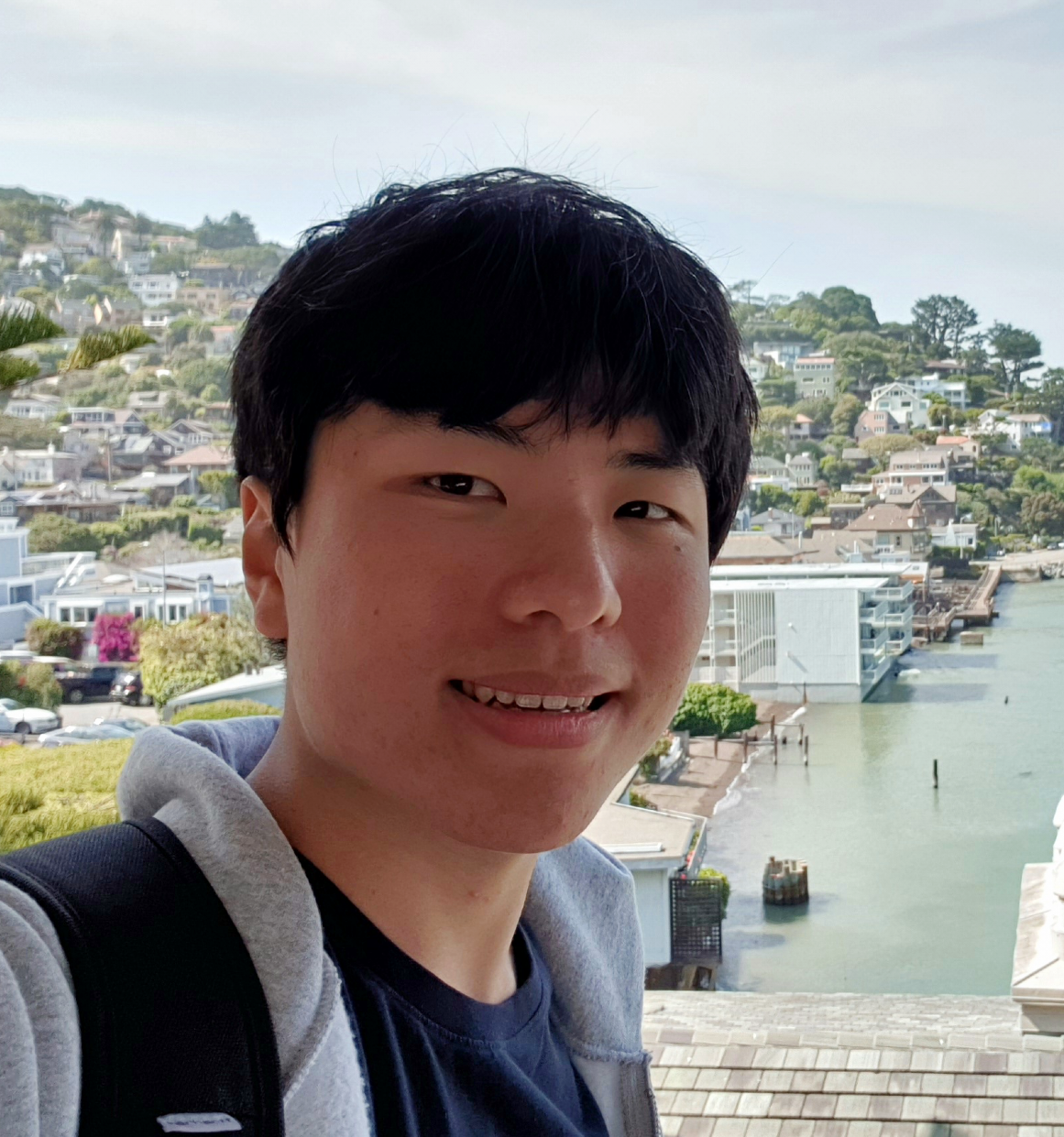
|
Research and ProjectsMy primary focus is on developing better unsupervised reinforcement learning algorithms. Previously, I worked on projects in various fields, including computer vision, machine learning, speech recognition, and text-to-speech. |

|
TLDR: Unsupervised Goal-Conditioned RL via Temporal Distance-Aware Representations
Junik Bae, Kwanyoung Park, Youngwoon Lee CoRL, 2024 TLDR is a novel unsupervised GCRL algorithm that leverages Temporal Distance-aware Representations to improve both goal-directed exploration and goal-conditioned policy learning. TLDR significantly outperforms previous unsupervised GCRL methods in achieving a wide variety of states. |
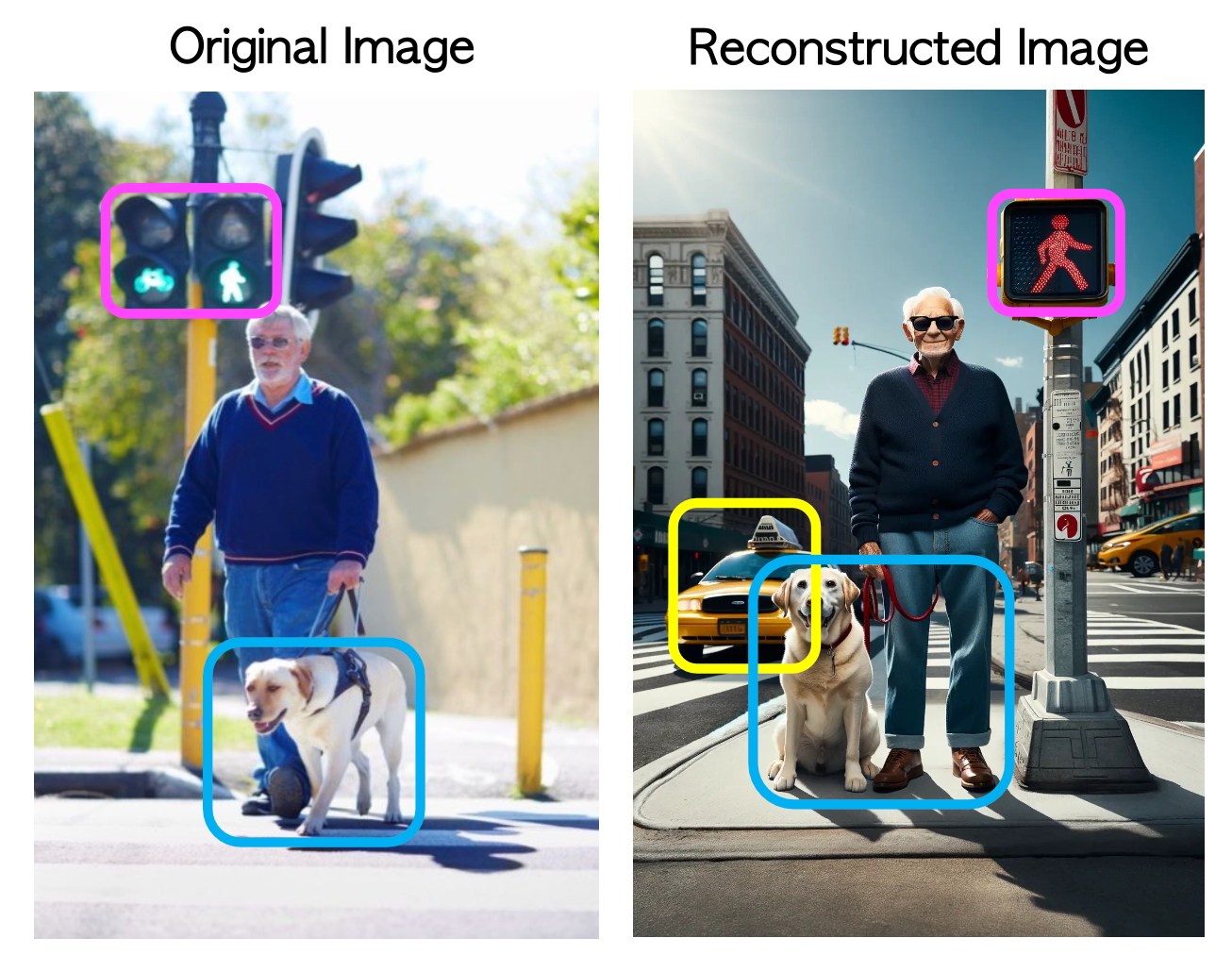
|
Exploiting Semantic Reconstruction to Mitigate Hallucinations in Vision-Language Models
Minchan Kim*, Minyoung Kim*, Junik Bae*, Suhwan Choi, Sungkyung Kim, Buru Chang ECCV, 2024 We introduce ESREAL, a novel unsupervised learning framework designed to reduce hallucinations in vision-language models by accurately identifying and penalizing hallucinated tokens. ESREAL results in significant reductions in hallucinations in models like LLaVA, InstructBLIP, and mPLUG-Owl2, without needing image-text pairs. |
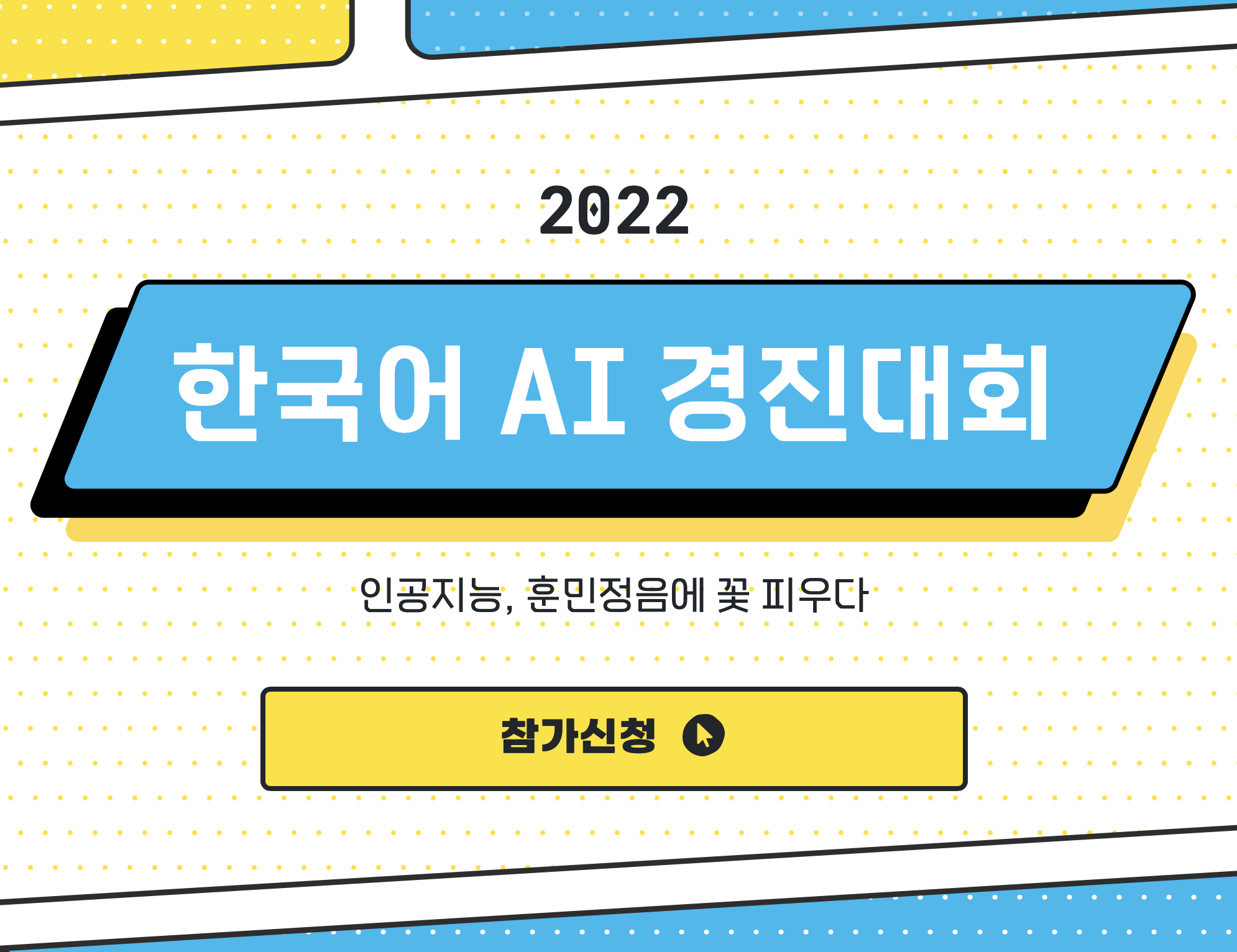
|
2022 Korean AI Competition
2nd Place, Awarded by Korean Minister of Science and Technology: 10,000,000 KRW. Developed a model targeting the tasks of Korean Free-chat, Command-chat and Dialect-chat recognition using a variant of wav2vec model. Implemented Transformer LM beam-search decoder for the inference, enabling it to consider long-range contextual information effectively. |
|
|
2022 Military AI Competition
1st Place, Awarded by Korean Minister of Science and Technology: 20,000,000 KRW Developed a model for Change Segmentation and Image Denoising tasks, utilizing a variant of U-Net model and several engineering techniques for the tasks. |

|
NaturalSpeech Implementation
(400+ stars) Implemented Microsoft’s NaturalSpeech: End-to-End Text to Speech Synthesis with Human-Level Quality, which was a SOTA for the LJ Speech Dataset. |
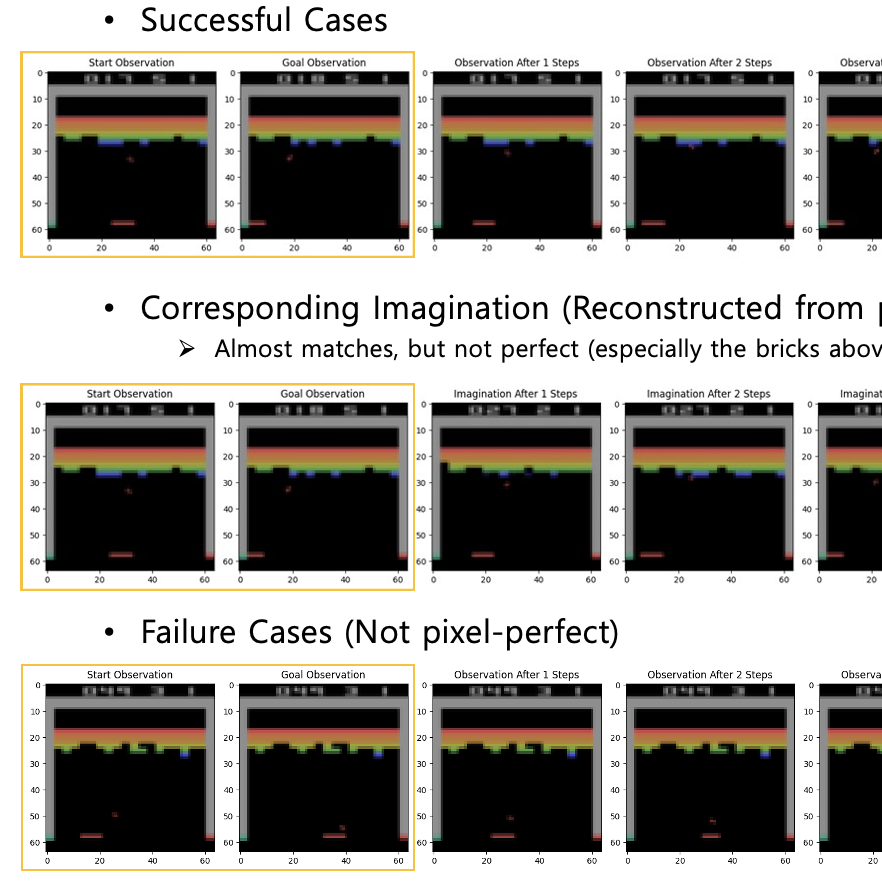
|
Goal Conditioned Trajectory Generation
with Autoregressive Transformer
Implemented goal conditioned learning to transformer world-model-based agents, and tested with Atari Breakout. Empirically showed that the generative ability of transformer decoder models can be utilized to generate goal-conditioned trajectories. Final project for Data Science and Reinforcement Learning Course (2023-1). |
Hostings & Talks |
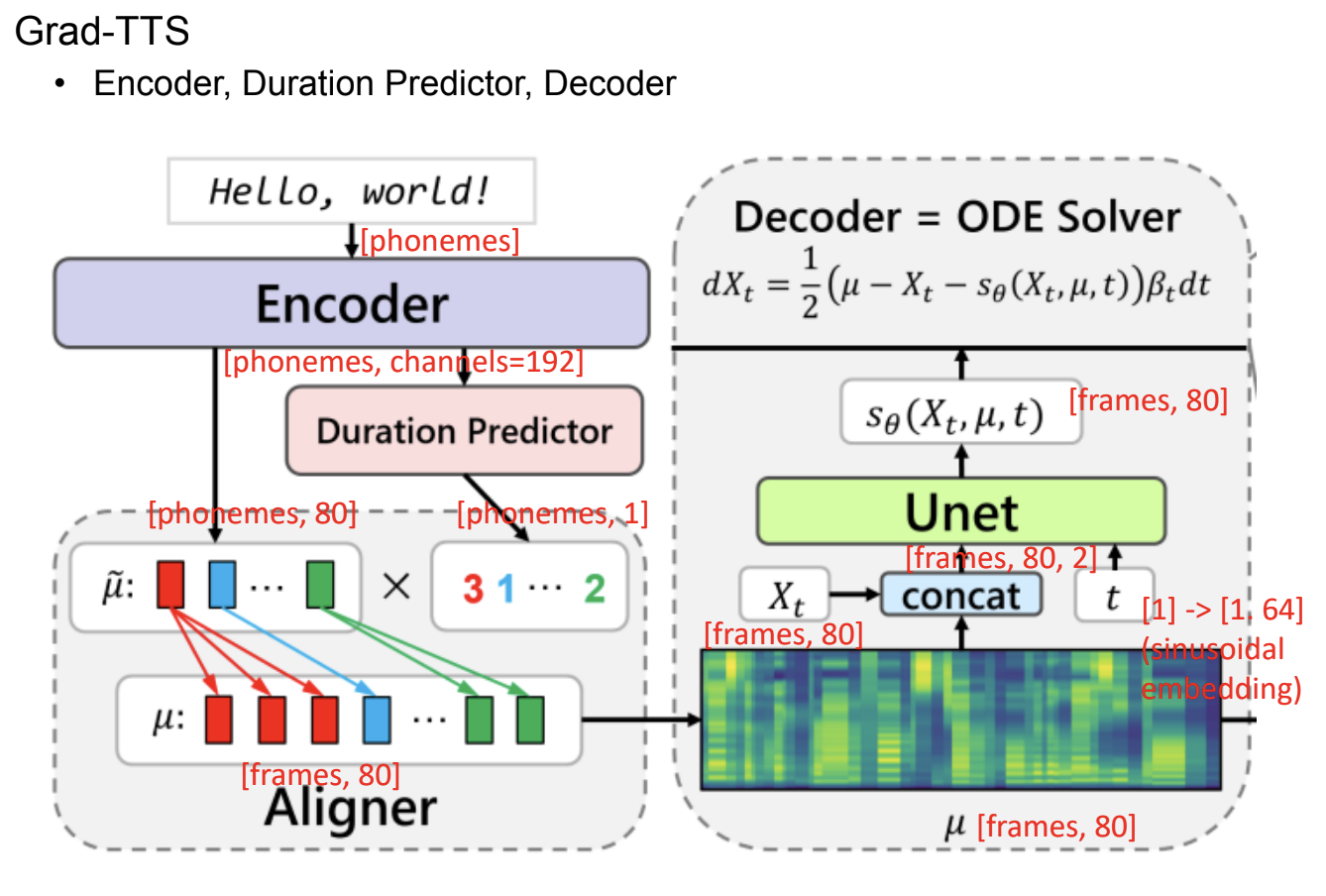 |
Denoising Diffusion Models and its applications to TTS
Delivered a comprehensive 5-week seminar series on Diffusion Models to the research team members in in Naver Cloud Voice Team. This series provided a theoretical explanation of Diffusion Models and an in-depth look at the practical applications in Text-to-Speech domain. |
 |
Understanding RLHF in Detail
Hosted a presentation titled "Understanding RLHF in Detail" at Deepest (SNU Deep Learning Research Club), providing an in-depth explanation of Proximal Policy Optimization (PPO) with preferences datasets and Direct Policy Optimization (DPO). |
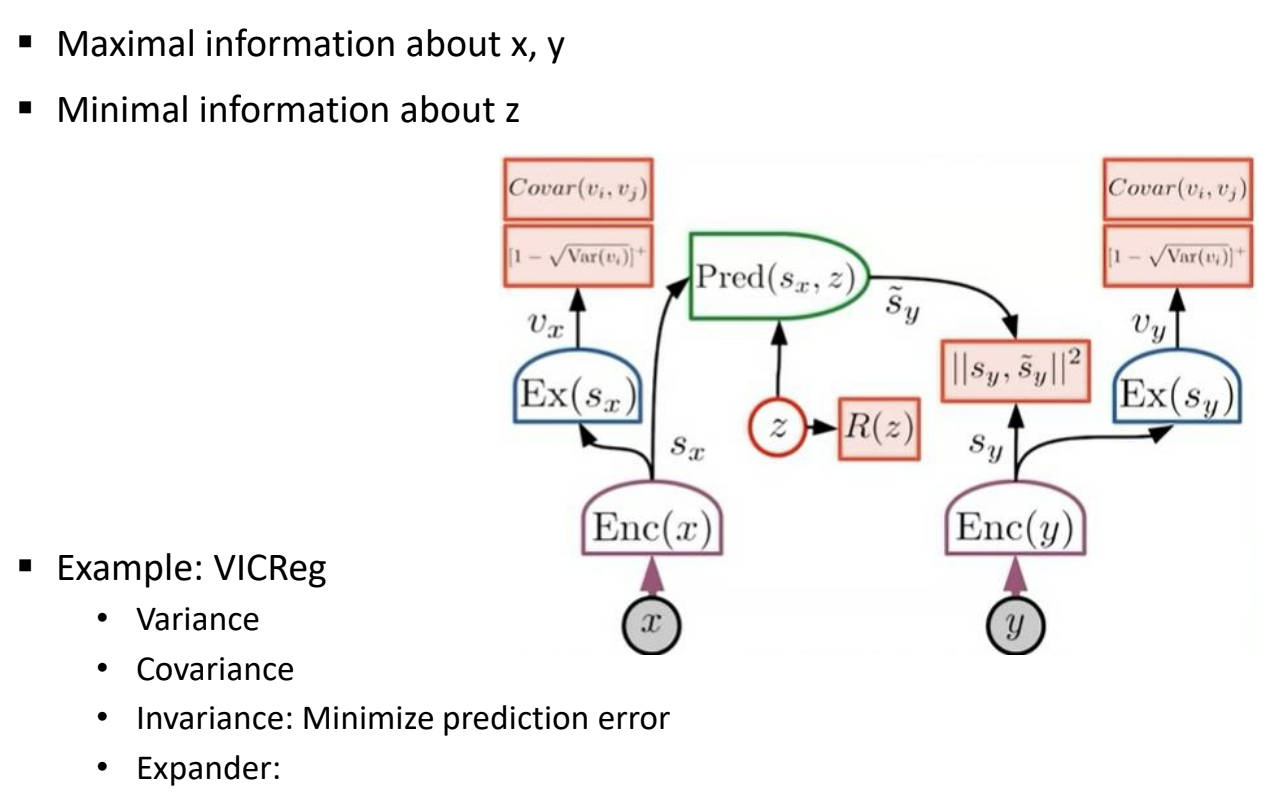
|
A Path Towards Autonomous AI
Hosted a presentation titled "A Path Towards Autonomous AI" at Deepest (SNU Deep Learning Research Club), which explains motivations for Joint-Embedding Predictive Archiecture proposed by Yann Lecun, and some recent works utilizing this architecture. |
|
Website source code credit to Dr. Jon Barron. |